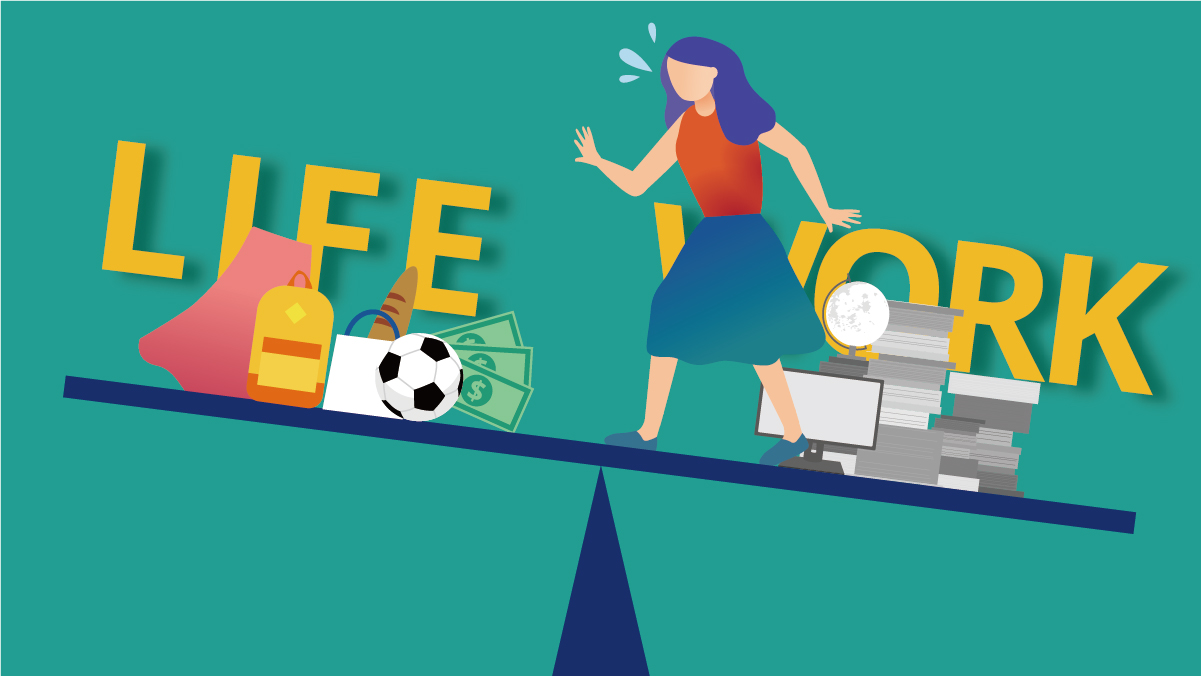Blog
The Growing Definition of Work-Life Balance

With the millennial generation of workers (those born between 1980-2000) projected to take up 75% of the workforce by 2025, many leaders think it’s time to redefine what work-life balance looks like. Of course, employers are not responsible for providing work balance for their employees, but they can assist the employees in maintaining their own work balance. Hopefully, the decisions, policies, values, and expectations in your workplace support a healthy work-life balance.
With this generation growing to over a quarter of the U.S. population, figuring out what attracts millennials remains one of the biggest HR struggles. To meet the assumed requirements of millennial employees, many employers overcompensate by adding game rooms and beer taps to “enhance” the work environment. An entire industry has popped up surrounding making workspaces more “millennial-friendly.” But do these 20 and 30-year-olds really care about ping pong tables and beer? With the harshest student loan burden in history, and soaring housing costs, game rooms aren’t at the top of their “must-have” lists.
Many millennials report that they are more interested in finding a career path that will support their “lifestyle”, meaning their life outside of work. While a Ping-Pong table and free coffee is always nice, it’s important for employers to understand that the same factors that have pushed prior generations to choose which company to work for (pay, career path, job location,) are still the major differentiating factors to the largest working generation in the U.S.
Employers can read all the studies in the world about what work-life balance means to millennials, but it’s important to remember that work-life balance means something different to everyone. Just because an employee fits into a specific generation, this doesn’t always mean that they will want the same things as another employee of the same age. This is where flexibility and workplace happiness comes into the equation.
The Philadelphia-based global management consulting firm, Hay Group, conducted a study that discovered that “One in four employees at organizations who felt no support for work-life balance plan to leave their employers within the next two years.” However, a study by the Society for Human Resource Management (SHRM) found that 89% of HR professionals reported an increase in employee retention simply by implementing more flexible work arrangements.
Attitudes on work-life balance will continue to evolve with cultural, generational and economic changes, but establishing a flexible work environment is one of the best ways to satisfy the work-life balance needs of your employees and keep them from seeking employment elsewhere! A flexible work environment has been shown to decrease stress, boost levels of job satisfaction and help employees maintain healthier habits. Employers should consider offering more flexible work hours, the ability to work from home and PTO (Paid Time Off) to create a work environment that appeals across generations of workers. Studies have shown that not only will your employees work harder, but they’ll stay longer!